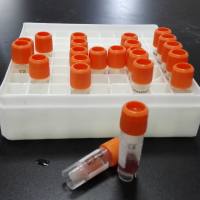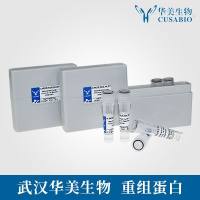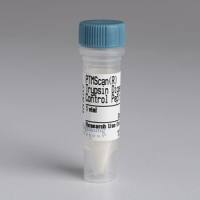Hepatic metabolism is often a major contributor to drug clearance from the body, highlighting the utility of in vitro liver systems to address chemotypes that undergo extensive metabolism. Drug metabolism can be assessed in a variety of in vitro test systems, including microsomes, cytosol or S9 fractions, hepatocytes (suspension or plated), and isolated liver slices. In drug discovery, metabolic stability is typically determined by measuring the depletion of test compound over time in a relevant in vitro system. Most commonly used in vitro systems are liver microsomes and suspension hepatocytes, which are amenable to automated, high-throughput assay formats. Test compound is quantified in samples using LC/MS/MS, and its metabolic half-life in the in vitro test system is derived from percent remaining vs. time data. Half-life data can be used to rank order compounds according to stability, derive SAR to improve metabolic stability for chemotypes suffering from high turnover, and predict in vivo clearance. The latter is of particular importance to understand in vitro-in vivo correlations and select compounds with appropriate pharmacokinetics in humans. This chapter provides details on the methods used to investigate metabolic stability of test compounds in liver microsomes (for both cytochrome P450s and UDP-glucuronosyltransferases) and in suspension hepatocytes.






